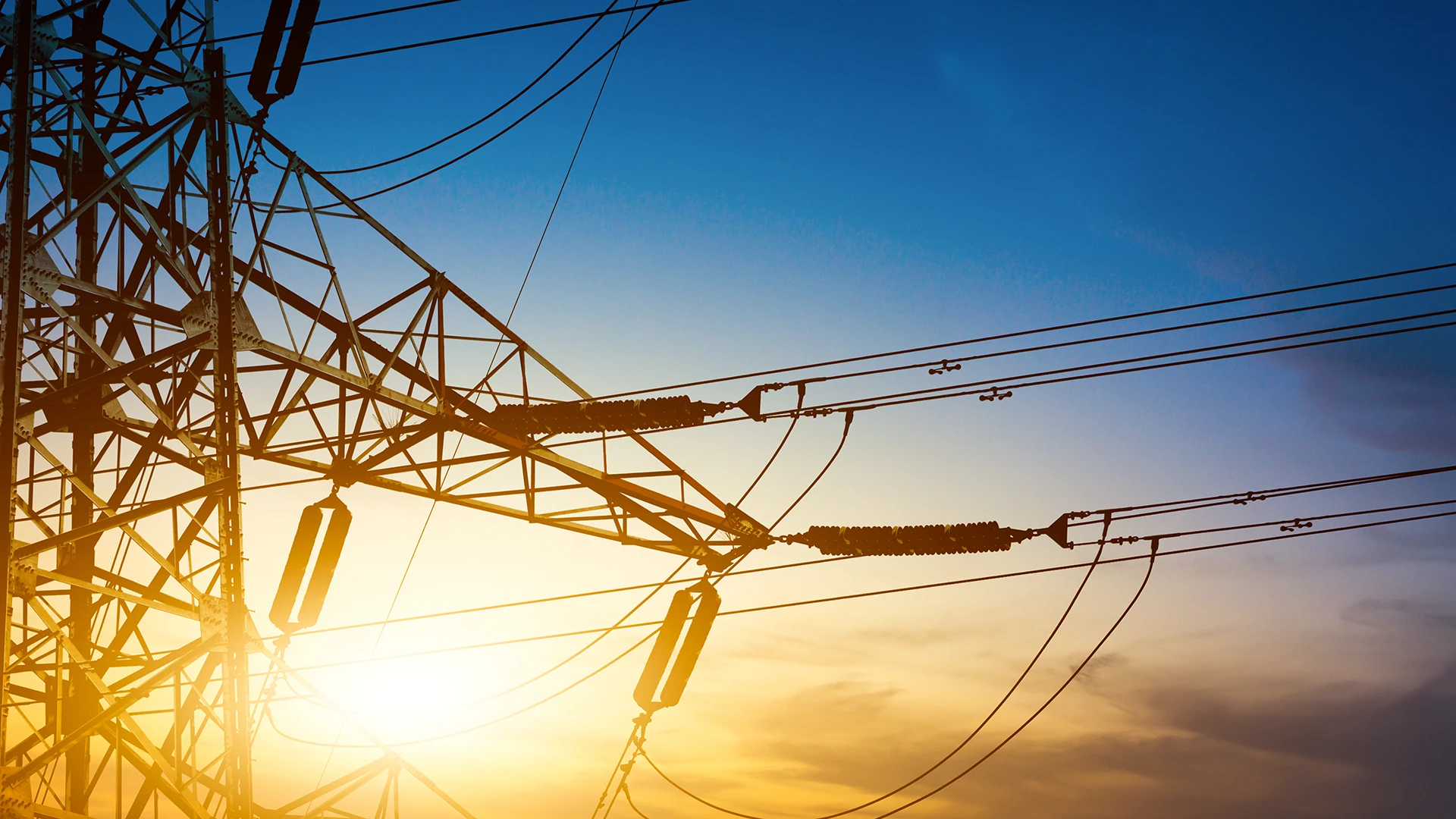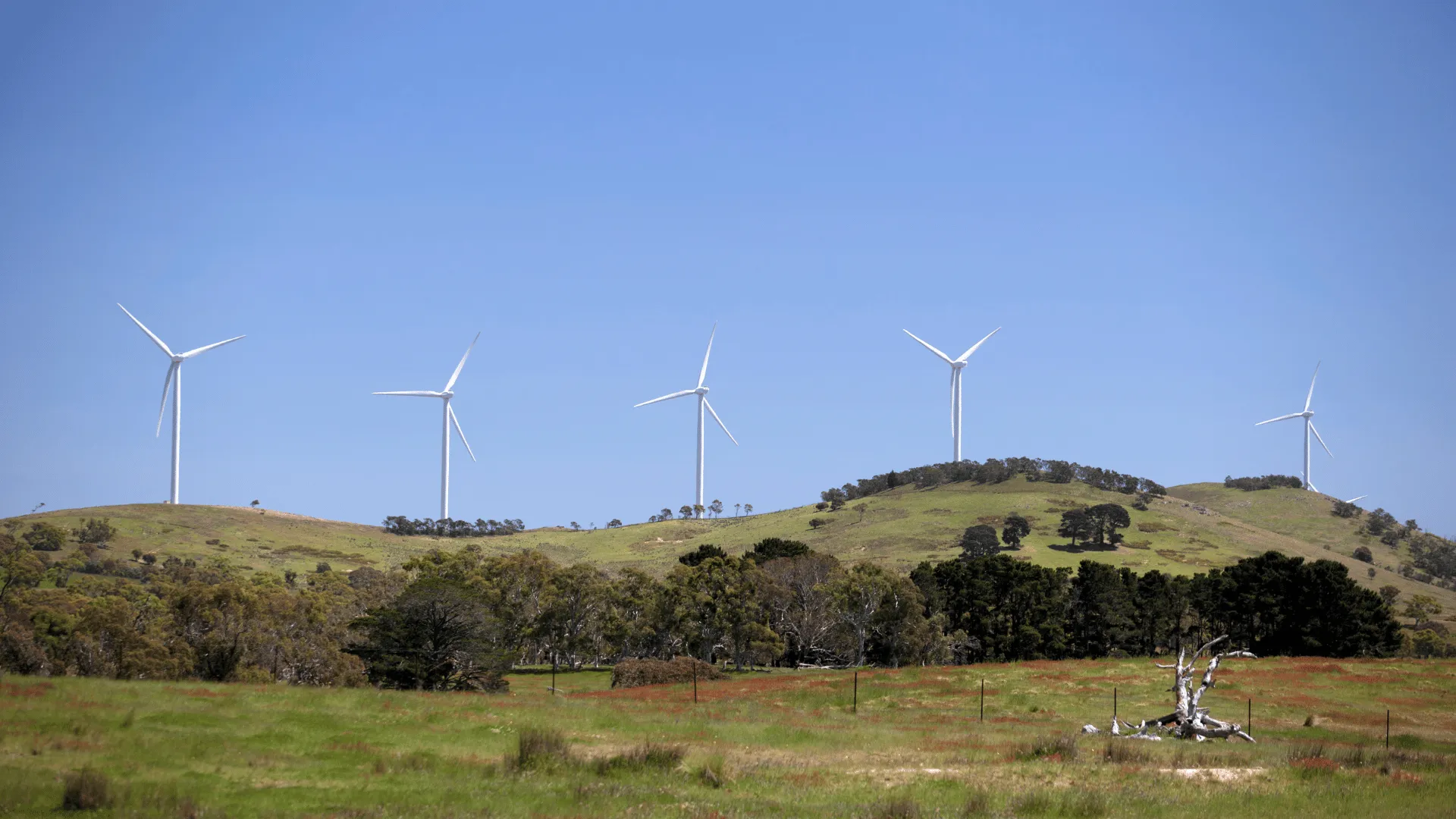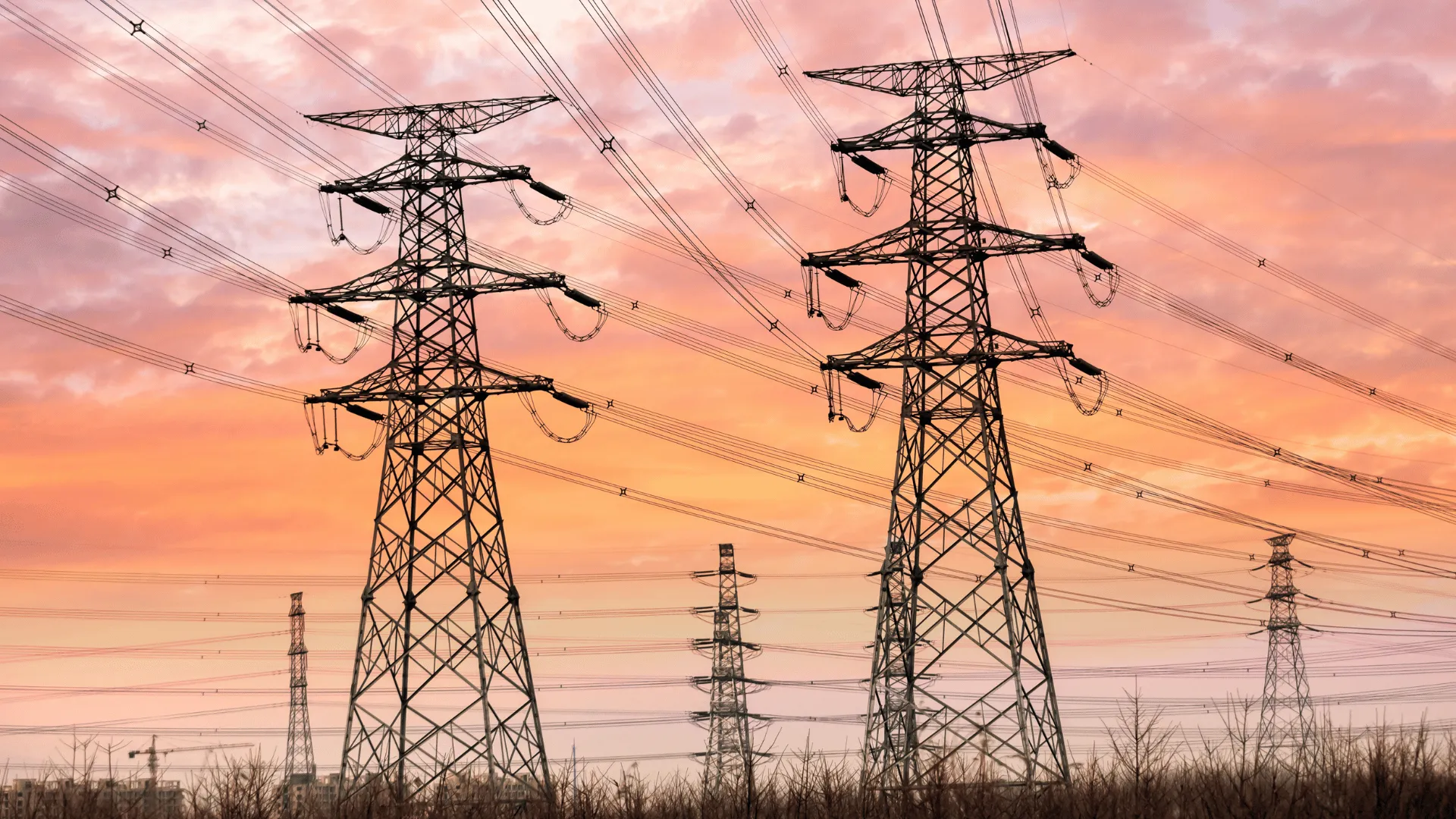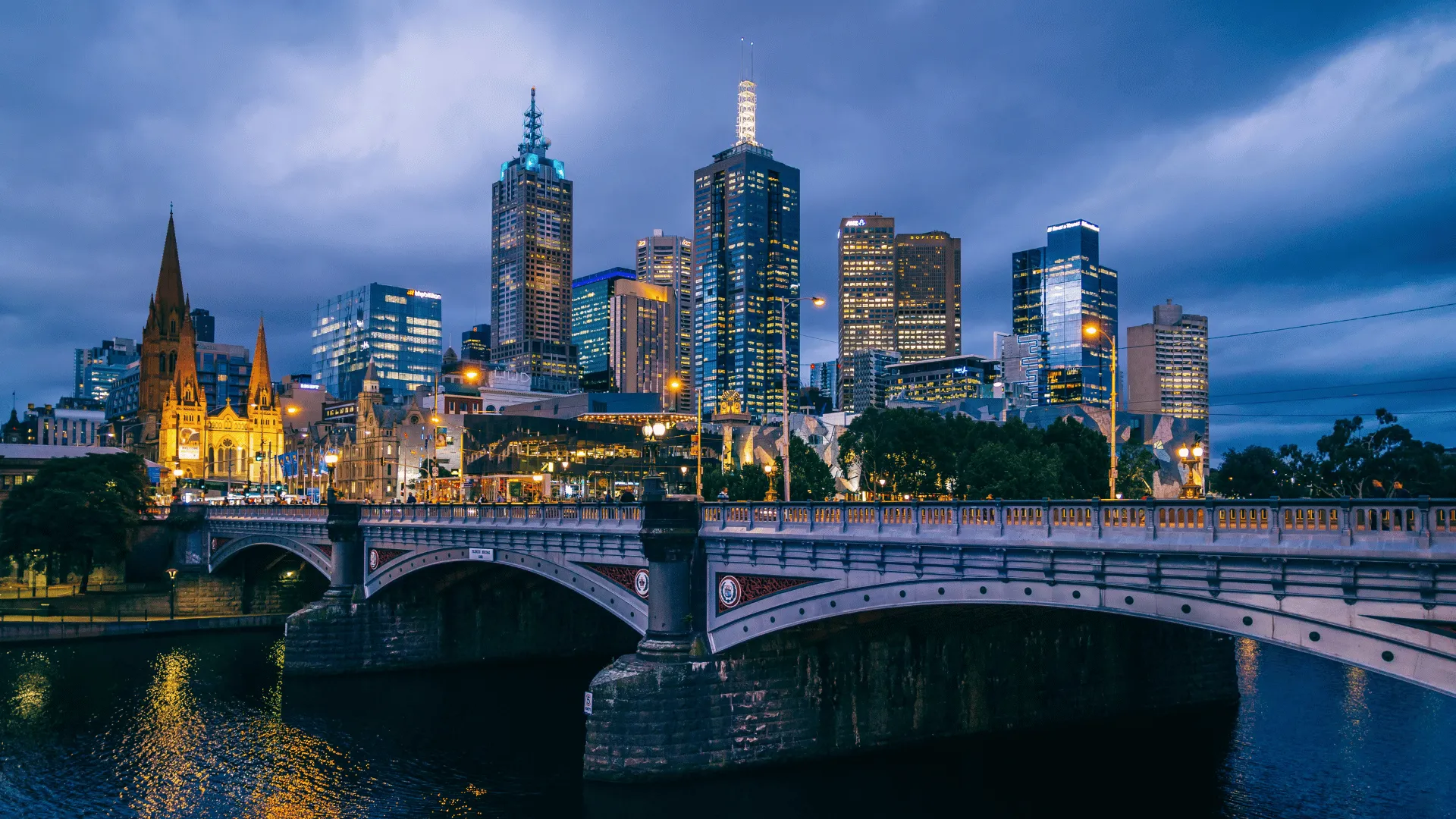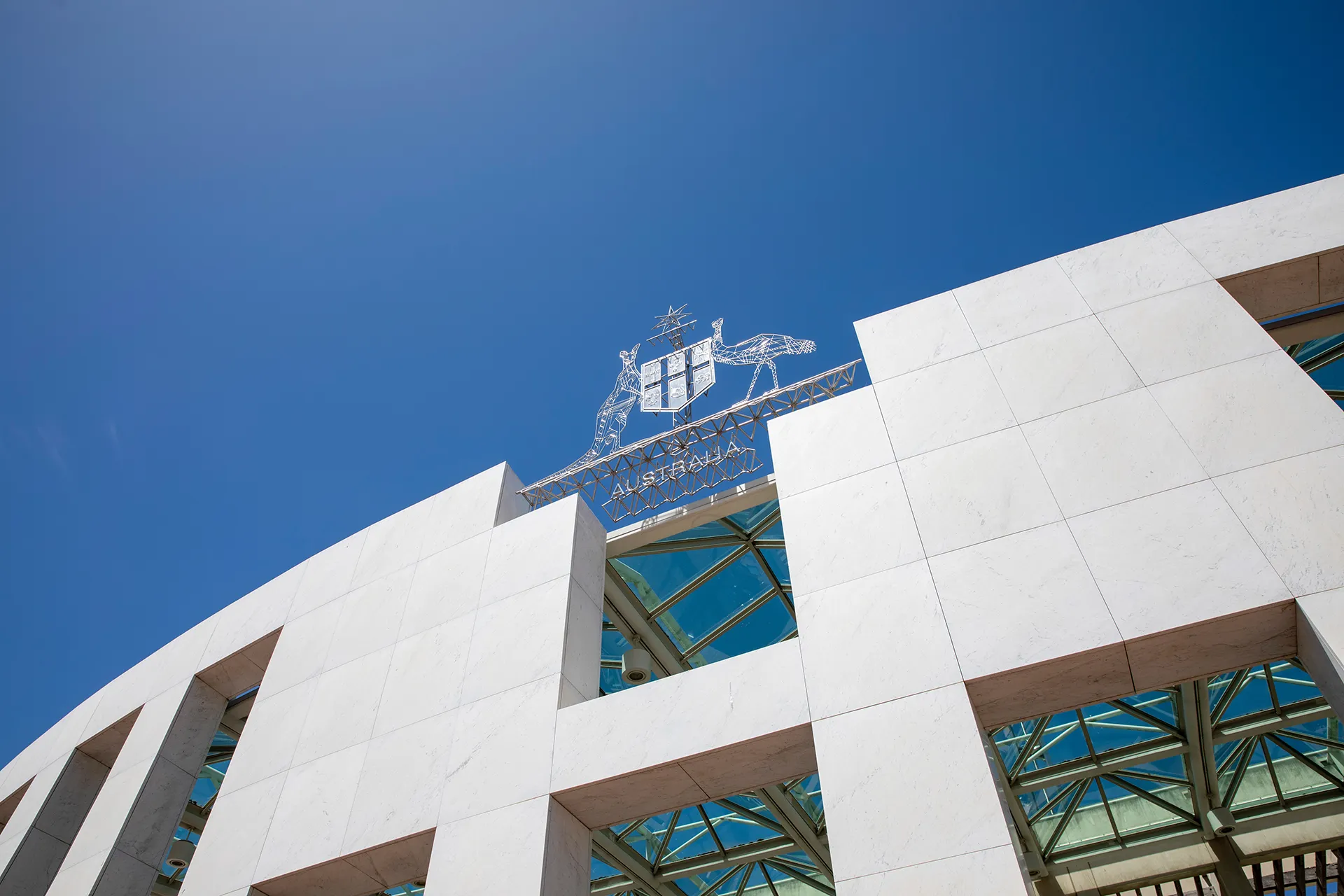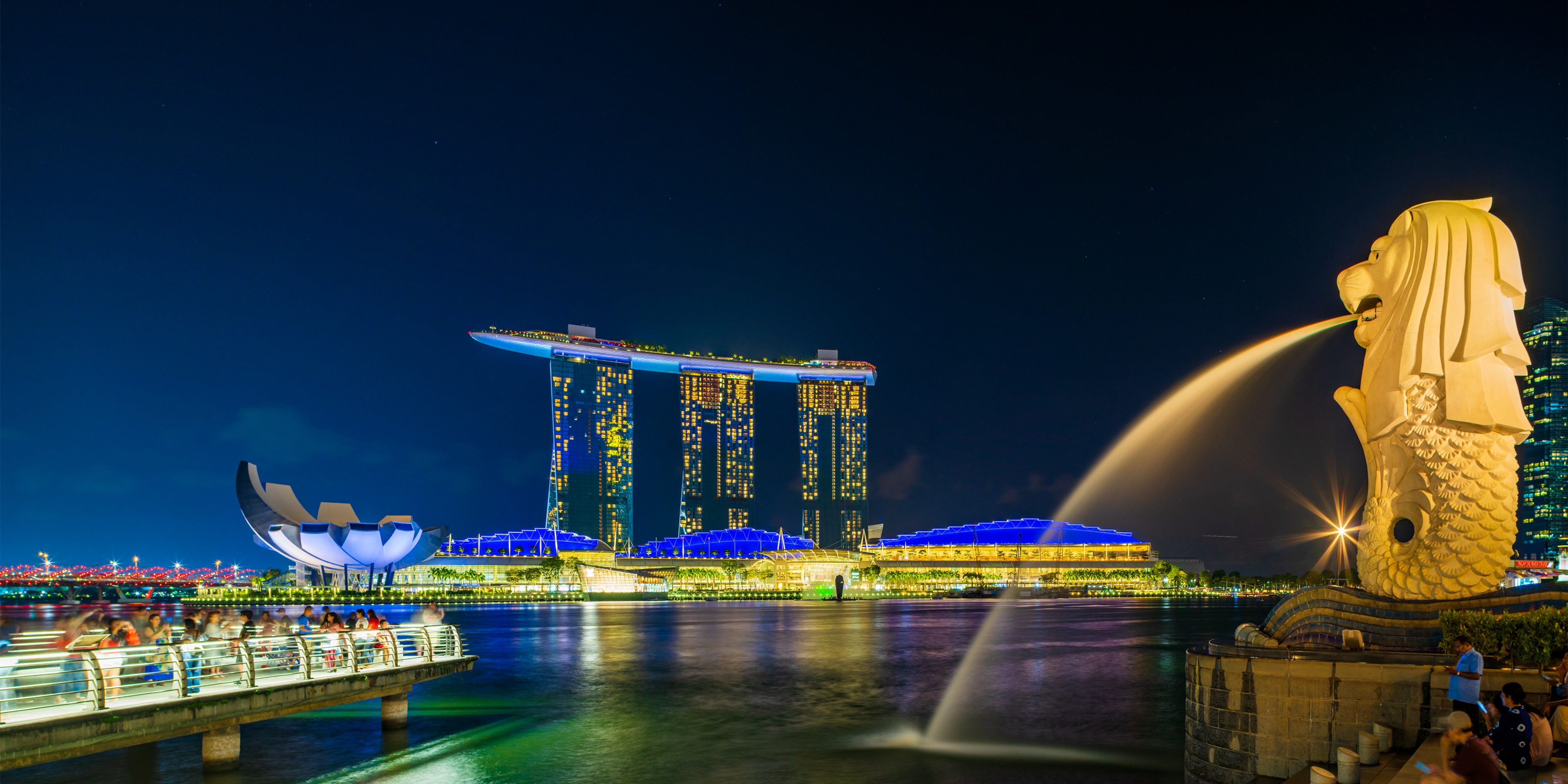Australia’s electricity grid is bracing for potential disruptions this summer, particularly in Victoria and South Australia. The Australian Energy Market Operator (AEMO) has expressed concerns about the imminent El Niño, which is anticipated to bring about a season of extreme heat and wind-less days.
This latest warning from AEMO (2023 ESOO) presents a very concerning picture. The slow pace of transitioning from old coal plants to cleaner energy sources, coupled with potential coal and gas shortages, has heightened the risk of blackouts. AEMO’s annual 10-year outlook emphasizes the urgency of investments. With nearly two-thirds of Australia’s coal power fleet expected to shut down by 2033, the need for swift action to ensure uninterrupted power supply is paramount.
The challenges of transitioning to a greener economy are becoming more evident. The scenario in NSW, following the proposed 2025 closure of the massive Eraring coal generator, is particularly urgent. AEMO strongly recommends postponing such retirements to avoid blackouts. Contrasting their optimistic report from February, the upcoming summer may see Victoria and South Australia facing with power shortages. These shortages can be attributed to a mix of factors, including periods of low wind, recurring generator breakdowns, and the gas plant shutdown.
The latest AEMO report indicates that roughly 3.4GW of new generation and storage capacity is projected by this summer. Furthermore, initiatives like Snowy 2.0 in NSW and the Borumba pumped hydro project in Queensland are aimed to bolster capacity by 2032-33. However, there are concerns as projects like Snowy 2.0 confront delays and rising costs.
With the re-emergence of the El Niño pattern, the electricity grid is anticipated to be under significant stress, especially following three comparatively milder summers due to La Niña. The growing popularity of electric vehicles and electric heating, notably in states like Victoria, will add to the strain on the grid.
Sarah McNamara, the CEO of the Australian Energy Council, perceives this both as a challenge and an opportunity. She is optimistic that the market can overcome these obstacles with the appropriate price signals to stimulate investment.
In conclusion, while the journey to a low-emission economy might be lined with challenges, with the right strategies and investment, Australia can ensure a reliable and sustainable power supply for its citizens.


